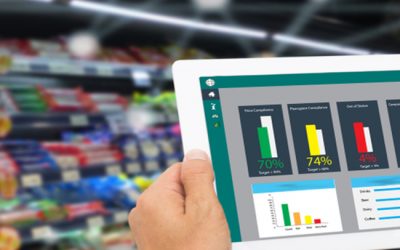CX 4.0: A journey into personalization and customization
The old school methodology of using RFM (Recency, Frequency, and Monetization) used in the Travel & Hospitality industry was improved by a model that addressed CLV (Customer Lifetime Value) and demographics. Today, both models have run their course and need to be overhauled. This is because the customers that the industry deals with have evolved. They exhibit different traits and personalities under different situations. They have different demands from business travel, leisure travel, luxury travel, family travel, solo travel, etc. Often these demands are combined with sustainability goals, the philosophy of a sharing economy and the need for flexibility in payment. Contextual personalization and Customer Experience (CX) has therefore become the new name of the game.
Businesses that have used technology to intelligently personalize and customize the travel experience are winning. They are creating sharply personalized product bundles. These have the power to draw the attention of more customers, drive loyalty and earn free marketing mileage when their customers amplify their brands through social media.
Digital changes everything
The real change has been in the limitations enforced by digital: Opportunities for in-person interactions have become limited, curbing the ability to influence customers. Simultaneously the 24X7 online service options available to customers has increased manifold (as an example, more than 57% of reservations are being made online) and social media has become an important component in the customer’s decision-making process.
The bottom line is that to acquire customers and retain them requires a massive effort. Advanced technology, ranging from predictive analytics to Big Data, Machine Learning, Artificial Intelligence (AI), Robotic Process Automation (RPA), Augmented Reality (AR)/ Virtual Reality (VR) and Natural Language Processing (NLP), needs to be brought into play to keep customers engaged with information, offers, and experiences. Failing to do so will only increase the gap between booked and realized revenue.
The quality of CX can tilt the game for your business. In one study, the Temkin Group found that companies that earn $1 billion in annual revenue can expect to earn, on average, an additional $700 million within 3 years of investing in CX1.There is one more noteworthy change taking place in customer behavior. Traditionally, businesses in the Travel & Hospitality industry depended on customer complaints and feedback to make improvements and deliver new services; today, studies have shown that 96% of customers don’t bother to complain and 91% don’t come back2. And just how important is social media? One study showed that 52% of travelers were so influenced by social media they changed their original travel plans and 87% of those younger than 34 are using social media to solicit advice before making bookings.3
The power of channel integration
The vectors that influence and guide customers has changed dramatically. The experience for most customers begins even before they arrive at an airport, a hotel, business conference or an attraction. It begins with the ease of acquiring information, comparing prices, booking air and surface transport, confirmations, making special requests, completing insurance and the scores of other details that go into stress-free travel.
Typically, a customer today interacts with multiple channels (see Figure 1) to complete travel plans, negotiate the price and share and sync information with all parties if a disruption occurs.

Figure 1
The customer doesn’t want to interact with different entities for each requirement and provide the same personal and travel details repeatedly (and sometimes make mistakes in data entry!). Businesses that aim to present the customer with a one-stop shop for all travel requirements could easily become the preferred destination for travel needs. Services from different channel partners can be integrated and presented in a customized and personalized manner based on customer data. The customer uses a single interface to complete all bookings without being exposed to the channel partners (see Figure 2).

Figure 2
Take one more step into the future
But far sighted businesses in the Travel & Hospitality industry are going one step further. They are examining the possibility of creating digital twins that can aid customers in viewing and completing the entire journey in one seamless phase. Until now, most initiatives have been around the Plan & Book phase. Once this phase is done, the customer is ignored. Going beyond this ensures product differentiation.
With the availability of data, it has become possible to create context aware personalization across every step of the journey (see Figure 3). We call this CX 4.0. It resonates with the customer’s “moment of truth”. It distinguishes itself by creating first-time-right, intelligent, targeted, and value-based CX.

Figure 3
Today’s Travel & Hospitality businesses cannot afford to think of offering anything less than CX 4.0. With the explosion of technology, CX 4.0 is within grasp. Is your business ready to reach out for it?











